Part of a series of articles titled Commemorating ANILCA at 40.
Article
Commemorating ANILCA at 40
A Reflection on the Colossal Legislation and its Effects on Alaska’s Peoples, Resources, and Conservation
Joshua Ream, Shina duVall, and Nicole Braem, National Park Service
Joshua Ream is an interdisciplinarian, trained in both the social and natural sciences. He has a strong interest in the human dimensions of fish and wildlife management, especially in understanding cultural relationships to natural resources, and the ability of local and traditional knowledge to inform conservation. Josh spent nearly twenty years in Alaska where he completed his Ph.D. concurrent with his position as a Subsistence Resource Specialist at the Alaska Department of Fish and Game. He went on to work as a Cultural Anthropologist for the U.S. Fish and Wildlife Service’s Office of Subsistence Management, followed by serving as the National Park Service’s Alaska Regional Subsistence Program Manager. He now lives in Hawaii and is the project leader for the Oahu and Maui National Wildlife Refuge Complexes. Despite his recent departure from Alaska, he continues to care deeply about subsistence, environmental justice, and Indigenous sovereignty.
Shina duVall is the regional archeologist for the National Park Service Interior Region 11 – Alaska. In this role, she provides leadership, assistance, oversight, and coordination on archeological and cultural resource issues affecting parklands and in collaboration with a wide variety of partners in Alaska. Originally from the Rocky Mountain West, Shina has over 20 years of experience supporting and managing a variety of archeological, cultural resource, and historic preservation projects through her work experience in private, government, higher education, and non-profit sectors.
Nicole (Nikki) Braem has been a cultural anthropologist at Bering Land Bridge National Preserve based in Nome, Alaska since 2017. Her research interests include Arctic subsistence practices and ongoing climate change adaptations. Prior to onboarding with NPS, she worked for the Alaska Department of Fish and Game, Division of Subsistence for nearly a decade working on design and implementation of community-based subsistence research projects in Northwest Alaska. She earned an M.A. in Northern Studies from the University of Alaska Studies.
Download a pdf of the full issue
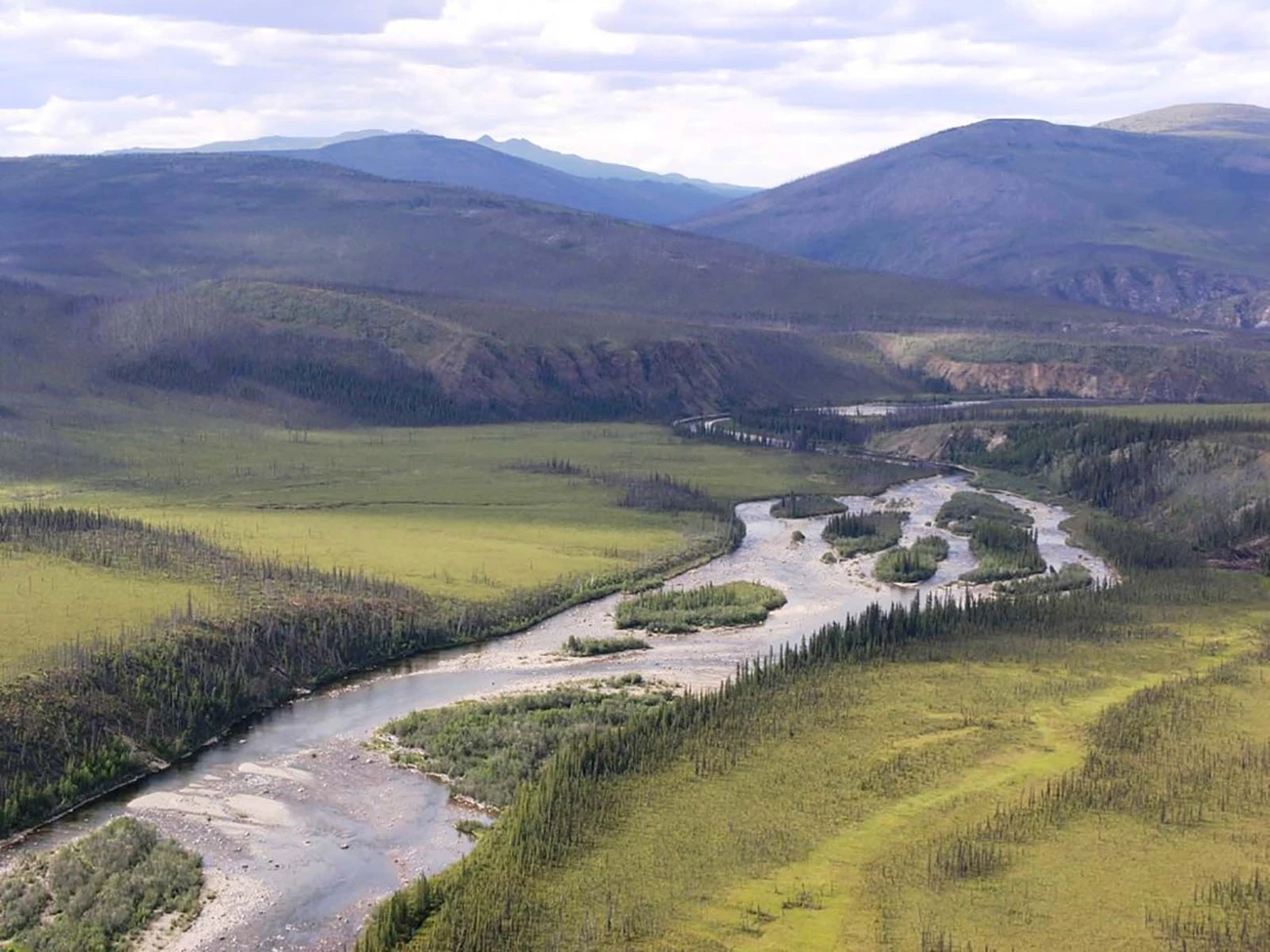
NPS PHOTO
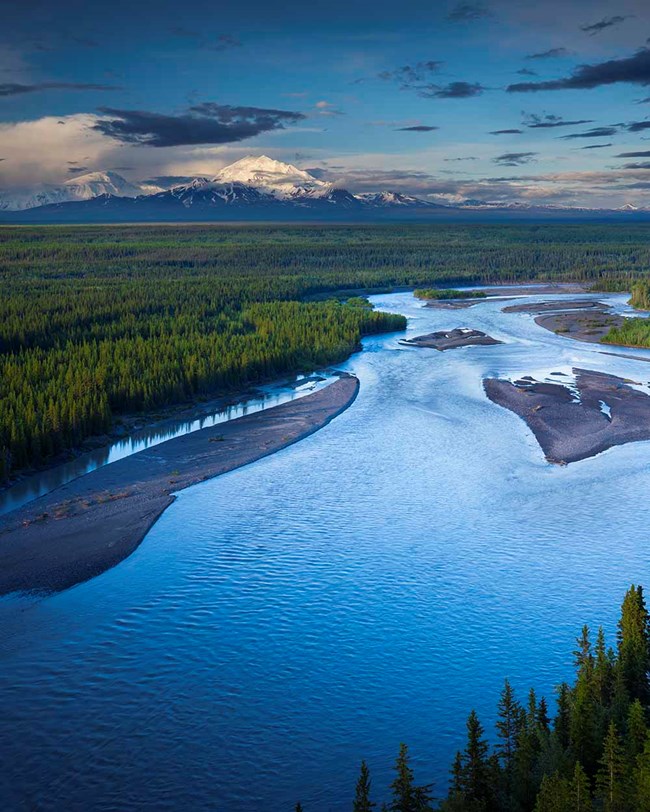
PHOTO BY JOEL IRWIN, COURTESY OF AHTNA, INCORPORATED
Forty years after the Alaska National Interest Lands Conservation Act (ANILCA) was passed, the Alaska Region of the National Park Service is reflecting on the impact, legacy, and future of this unique legislation. Many Alaskans experience ANILCA as both a blessing and a burden. While tremendous hurdles have been overcome, there are many yet to be faced. This issue of Alaska Park Science provides a spectrum of perspectives on ANILCA that we hope strikes a balance reflecting over four decades of varied experiences, from resource management and conservation to the struggles of Indigenous and rural Alaskans maintaining a subsistence way of life. ANILCA has built and simultaneously strained relationships between state and federal governments, Tribes, corporations, urban and rural citizens, politicians, legal experts, biologists, anthropologists, and academics. Yet, despite its successes and failures, all Alaskans and indeed many Americans have been affected by ANILCA in some way throughout their lives.
ANILCA was drafted by Congress in over 92,000 words that filled more than 184 pages and signed into law on December 2, 1980 (Public Law 96-487, 94 Stat. 2371). As the law of the land, its impact and associated legal requirements and structures were, and are, enormous. ANILCA provided special protections to over 157 million acres of land, including the following:
- 48,585,000 acres of new national parklands
- 98,000 acres within the National Wildlife Refuge System
- 25+ wild and scenic river designations
- Misty Fjords and Admiralty Island national monuments
- Steese National Conservation Area
- White Mountains National Recreation Area
- 9,100,000 acres to the Wilderness Preservation System
- 3,350,000 acres added to the Tongass and Chugach national forests
The land conservation designations of ANILCA are well known and are the largest expansion of protected lands in history. Indeed, with the stroke of a pen, President Jimmy Carter more than doubled the size of the National Park System. Less well known are perhaps the many other aspects of the Act and the complications associated with implementing, overseeing, and enforcing the multitude of provisions that affect the daily lives of Alaskans. From subsistence management and use to implementation of the Alaska Native Claims Settlement Act (ANCSA) and the Alaska Statehood Act; extractive mineral resource research, rights, and management; transportation; federal and state cooperation; to a plethora of administrative provisions, ANILCA’s reach is immense. It is difficult to identify an expert on ANILCA in its entirety; often careers are made from the study and application of seemingly small components of this colossal legislation. In recognizing its complexity, we can begin to understand the struggles that arise from ANILCA while navigating its requirements and the real-world impacts on rural and Indigenous peoples who awoke on December 3, 1980, in the shadow of a bureaucratic giant, primarily formulated under Western ideals and Federalism.
Since ANILCA cannot be fully reviewed here, we have chosen to focus on those components of the Act for which the National Park Service has responsibility. This includes Title 2: the National Park System and Title 8: Subsistence Management and Use. ANILCA added an awe-inspiring expansion of land to the agency’s management portfolio as well as unique protections that recognize humans and traditional lifeways as integral parts of the landscape, both historically and contemporarily. Like others impacted by ANILCA, the NPS has had to navigate complex and sensitive issues, often without clear definitive guidance from the legislative and judicial branches of government. The agency’s inherently interdisciplinary mission statement, which emphasizes both cultural and natural resource protection, has certainly reinforced the importance of addressing the Act’s intricacies.
Unique in managing Alaska’s post-ANILCA park system, subsistence is a term largely unfamiliar within the continental United States and yet of the utmost importance to Alaska’s rural and Indigenous cultures. To many Alaskans, the term is a western construct that only remotely captures the cultural importance of activities associated with the harvest of wild foods. This value extends far beyond nutrition and was explicitly recognized by Congress in the Act:
§801. The Congress finds and declares that
(1) the continuation of the opportunity for subsistence uses by rural residents of Alaska, including both Natives and non-Natives, on the public lands and by Alaska Natives on Native lands is essential to Native physical, economic, traditional, and cultural existence and to non-Native physical, economic, traditional, and social existence
Congress recognized that subsistence is critically important to rural Alaskans, and thus provided a rural priority for subsistence use of fish and wildlife resources. In concept, this recognition and prioritization seems logical; in practice however, the legal and political frameworks to operationalize the mandate are incredibly complex. Furthermore, many believe that the “rural priority” rather than “Alaska Native priority” fails to appropriately protect the rights of Alaska’s Indigenous peoples, fails to fulfill political promises made prior to ANILCA’s signing, and fails to satisfy the federal government’s trust responsibility to Tribes.
To sample these topics, among others, the Alaska Park Science editorial team has assembled an array of articles that span diverse perspectives on ANILCA’s implementation. We start with a review of ANILCA as an international model for conservation legislation, followed by an account by Pat Pourchot describing the early history of Wild and Scenic River designations in Alaska, what he calls “the best job in the world.” The third article titled The Power of a Few Words describes how ANILCA uniquely recognizes and protects the human history of Alaska’s public lands. Next, we explore some of the challenges of ANILCA’s implementation, from an exploration of the issue of navigability and the Supreme Court's Sturgeon decision, followed by a perspective piece written by several long-serving National Park Service career public servants giving a boots-on-the-ground perspective.
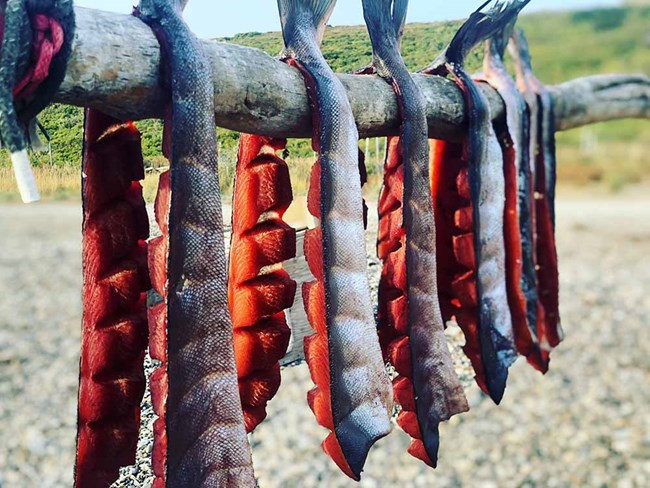
NPS/MAIJA LUKIN
This leads us to several articles that emphasize the complexity and critical importance of subsistence management. First is a bibliographic essay on the life and contributions of Katie John, an influential and beloved Ahtna Athabascan Elder who championed Alaska Native rights and affected fundamental change in federal subsistence fisheries management. Next, we explore the perspectives and insights of a former Federal Subsistence Board Chair, Mike Fleagle. Then, in this group of articles, we look at the biological work undertaken by a rural organization, the Orutsararmiut Native Council (ONC), to support informed fisheries management on the Kuskokwim River. The continuing, critical importance of subsistence harvests taking place on National Park Service managed lands is then explored through recent results of comprehensive community surveys and ethnographic interviews conducted by the Alaska Department of Fish and Game’s Division of Subsistence.
It is worth noting that while the ONC article largely reflects salmon research and management on a river system that is distant from NPS managed lands, ANILCA’s subsistence management structure requires cooperation across administrative boundaries. In fact, the NPS Alaska Regional Director’s vote on the Federal Subsistence Board (FSB) carries co-equal weight on all subsistence decisions made on federal public lands, regardless of the agency with direct management authority of the area in question. Furthermore, the ONC article is an example of the reliance that the program has on rural organizations and rural subsistence users, in informing sound and responsible management of subsistence resources. ONC is an awardee of the Partners for Fisheries Management Program.
Readers will probably note that there are a few threads of commonality among the many articles in this issue. This is representative of the way in which ANILCA is experienced by those who implement it and live within its parameters. It is as complex and convoluted as it is necessary and valuable. The editorial board intended to give the reader a taste of the Act’s grandeur and nuance. We could never attempt to accurately summarize ANILCA’s tremendous effects, both positive and negative, but we do cautiously commend its forty years of existence, concurrent with recognizing the need for future legislative action and judicial clarity.
We hope you enjoy this issue.
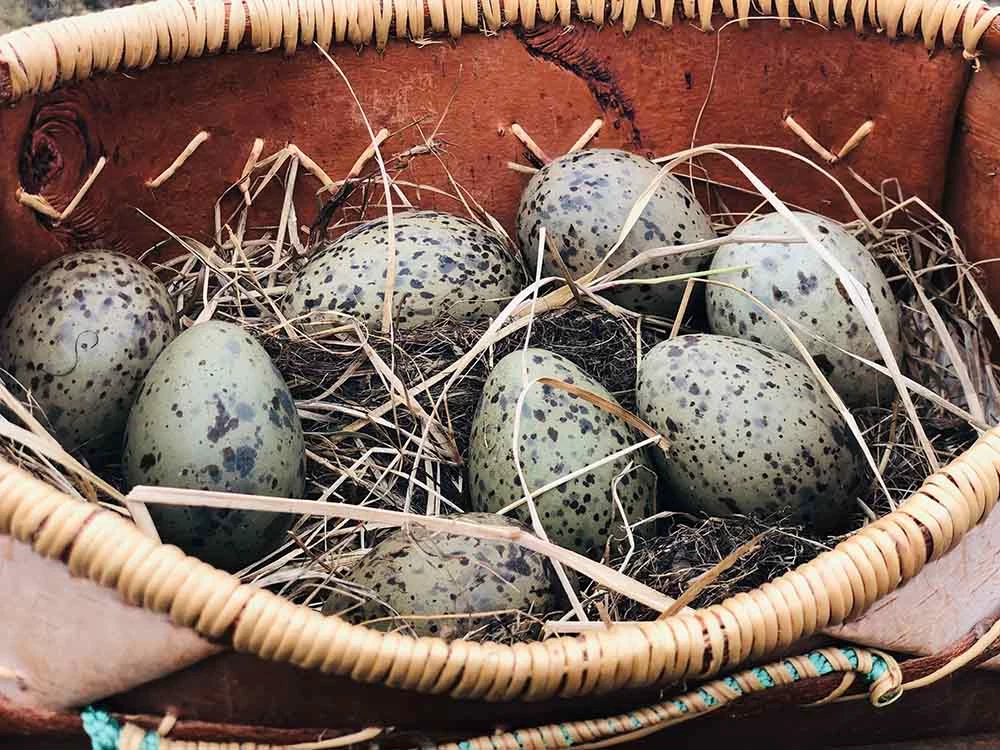
NPS/MAIJA LUKIN
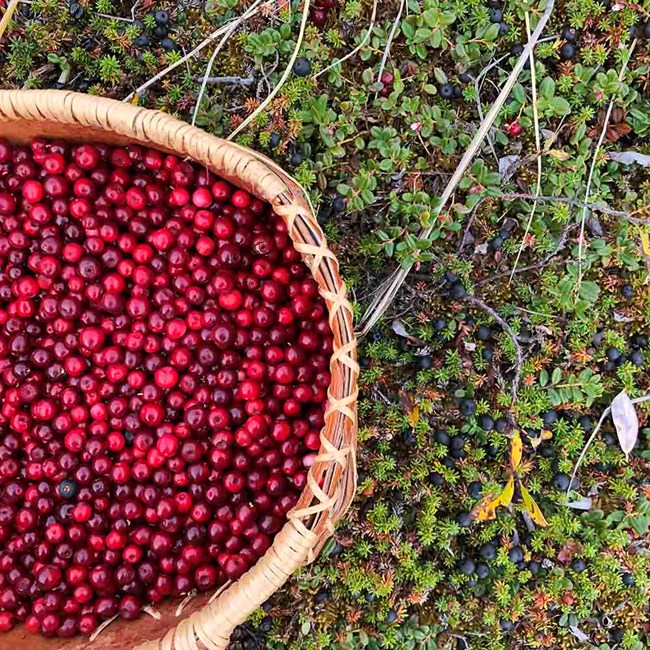
NPS/MAIJA LUKIN
Alaska Park Science
Editorial Board
Grant Hilderbrand
Jim Lawler
Jennifer Pederson Weinberger
Guest Editors
Shina duVall
Nicole Braem
Josh Ream
Managing Editor
Nina Chambers
Copy Editor
H. W. Murphy
Design
Nina Chambers
Alaska Park Science is the semi-annual science journal of the National Park Service Alaska Region. Each issue highlights research and scholarship important to the stewardship of Alaska’s parks.
Publication in Alaska Park Science does not signify that the contents reflect the views or policies of the National Park Service, nor does mention of trade names or commercial products constitute National Park Service endorsement or recommendation.
Last updated: June 27, 2022
